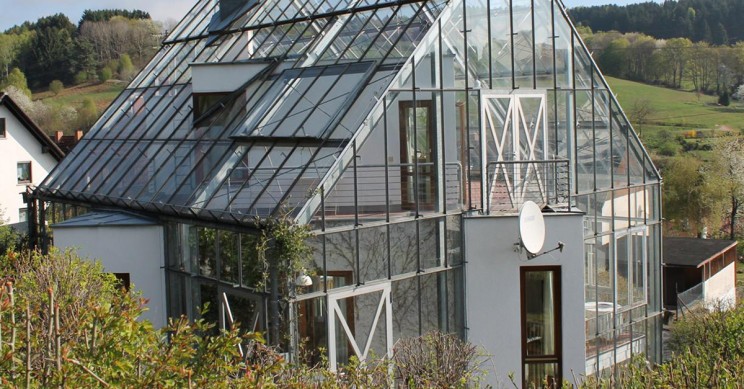
In Portugal there is a type of construction that has been gaining traction in recent years, though it remains less common than in many other parts of the world. We are referring to LSF, or 'Light Steel Frame' construction. This type of construction is characterised by a lightweight structure made of galvanised steel that allows a dry construction that can be executed at an advaced speed, in addition to improving the sustainability of the building.
LSF houses are built with light steel as the structural material. The steel profiles are coated (galvanised) to create greater rigidity in the structure and to support the insulation and waterproofing materials, as well as the necessary interior and exterior finishes. Although steel is the most widely used construction material in the world due to its versatility, stability, and longevity, in Portugal masonry construction is still the most widely used form. But LSF is catching up, so let's find out why.
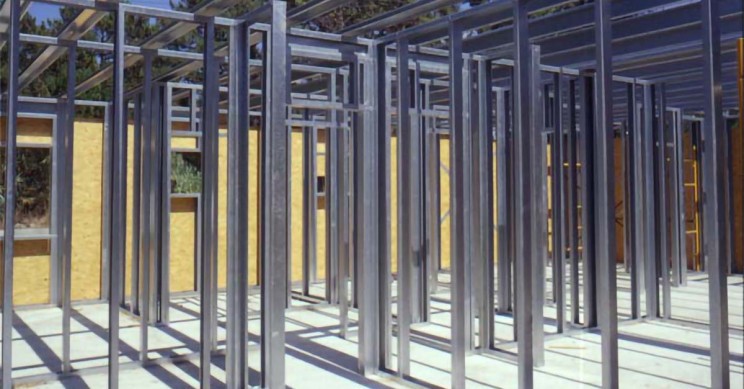
LSF Vs. masonry construction
When we talk about masonry we mean the set of materials - bricks and stones - that are used to construct the walls or foundation of a building. Usually, masonry is combined with reinforced concrete, which in short is concrete encased in steel, fibre or other materials.
Due to the diversity of materials and the way they are applied, LSF construction and masonry construction have some crucial differences which are important to mention.
LSF Construction
LSF construction has certain characteristics that have made it one of the most popular methods of construction outside of Portugal:
- It is lighter and ideal for a one- or two-storey buildings.
- The Light Steel Frame system is fully sustainable and steel is a 100% recyclable material.
- The use of the steel frame means that construction can be completed more quickly.
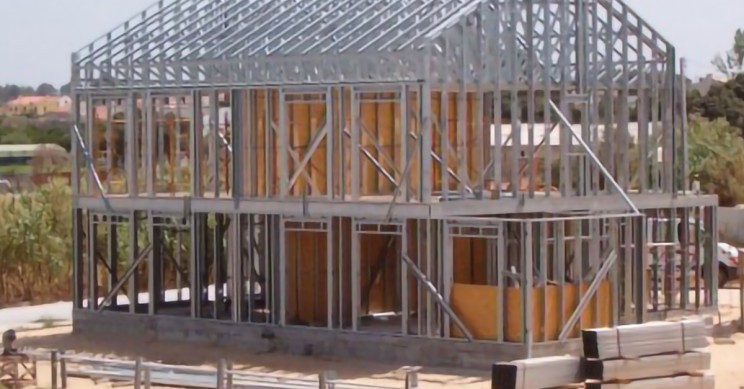
Masonry Construction
The above is not to say that masonry construction is worse, but it does have its own characteristics that set it apart from LSF:
- It allows the construction of taller buildings without jeopardising the stability of the construction.
- However it uses materials that can be harmful to the environment such as bricks, cement, and sand, among others.
- The construction process is usually more time consuming.
For the moment masonry construction is the leading style of construction in Portugal. But as we compare the inherent characteristics of both types of construction it is easy to see why light steel houses are increasingly gaining prominence in the construction market in Portugal.
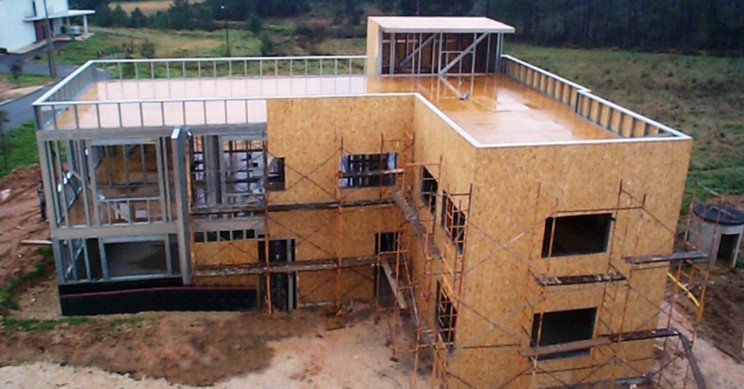
Light Steel Construction: Advantages
- Safety - Although it is a lightweight construction system, this does not mean that LSF houses are less safe. This type of construction has a core structure (the frame) with great energy absorption capacity and thanks to the flexibility of this material it has great seismic resistance. In addition, LSF constructions also have a high fire resistance since the materials used are non-combustible.
- Insulation - Thanks to the materials used over the frame, such as stone wool and plasterboard, LSF houses have high thermal and acoustic insulation, thus increasing the energy efficiency of the house and bringing greater comfort.
- Speed of construction - Due to their simplicity, weight, and dimensions, light steel constructions are faster than traditional constructions.
- Sustainability - The materials used in LSF constructions are recyclable or eco-efficient.
- Durability - The light steel structure is extremely strong and has a service life of several hundred years. In addition, as the materials used are very resistant to fungus or mould, no major maintenance is required over time.
- Economic - Besides the low maintenance required, and the energy efficiency of the structure, LSF houses are still cheaper than traditional ones both in terms of construction price - due to the reduction of materials in construction - and in terms of transport price - as the lesser weight, dimensions, and volume of the materials naturally cost less to transport. In short, if you are looking for a 3-bedroom house and you are thinking of choosing an LSF house in Portugal, you can find them starting at a turnkey price of 119,000 euros. The price per m2 of LSF varies, but can start at 850 €/m2 and go up to 1050 €/m2.
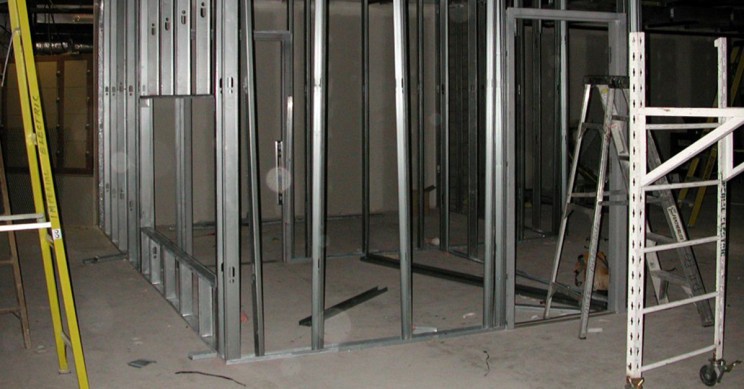
Although the advantages of this construction method are very appealing, when it comes time to choose it you have to bear in mind that LSF houses have disadvantages such as not allowing the construction of very tall buildings since it can compromise the stability of the structure.
Before making any decision it is important to do some research on these solutions so that all doubts can be cleared up and to give this innovative construction method a chance.